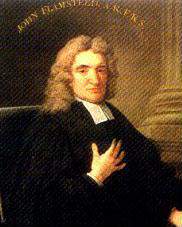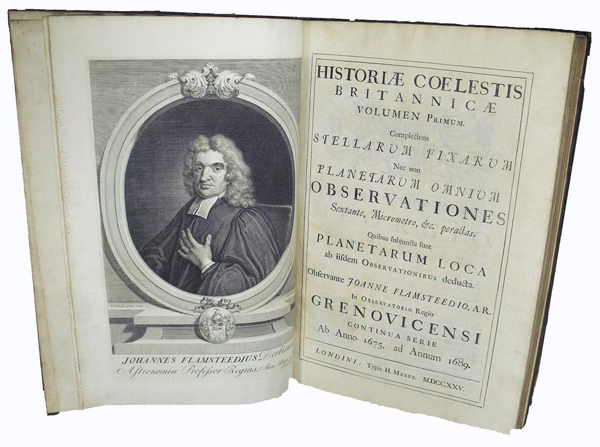John Flamsteed and the Cassiopeia A (Cas A) Supernova Event

John Flamsteed

Flamsteed's Historia Coelistis Britannica
John Flamsteed was the first Royal Astronomer of England. His observations were published posthumously. The earlier observations, made by using a sextant, were printed in Halley's 1712 edition of the Historia Coelistis, and reappeared in the little-used volume i of the 1725 edition. And though the catalog was a major achievement, it was marred by errors of observation and computation. Caroline Herschel compiled an Index to Flamsteed’s observations. She noted that Flamsteed had twice observed a star that he designated as 3 Cassiopeiae. Since no star was located at the coordinates he had calculated, Herschel decided that Flamsteed’s calculations were erroneous, and substituted 3 Cassiopeiae for the nearby star AR Cassiopeiae which was in the same location as her recalculated values for the coordinates for 3 Cassiopeiae. Francis Baily, picking up where Caroline Herschel left off, was not satisfied with her resolution of the problem with 3 Cassiopeiae. Because the actual observational data for reducing the coordinates for 3 Cassiopeiae were not written down, Baily excluded the star from the British Association catalogue which was published in 1845.

Plate from Historia Coelistis Britannica

Flamsteed Atlas with 3 Cassiopeiae
However, it is possible the observation may have been there all along. Caroline Herschel did not see it because she compiled her Index to volume ii of the Historia Coelistis, which contains data collected after 1689. Francis Baily did come across the observation, but did not recognize the significance and ignored the information. In volume i of Halley’s 1712 edition of the Historia Coelistis, on the night of August 16th, 1680, John Flamsteed observed a star that he designated as "supra τ". Flamsteed had used Scheat (β Pegasi) and Algol (β Persei) to determine the location of supra τ. The newly observed star, supra τ then became 3 Cassiopeiae in the 1725 catalog. On the section of the Cassiopeia plate in Bevis’s star atlas, c. 1750 shown above, the Flamsteed numbers and letter designations have been added. The position of Cas A is indicated by a small circle (also added) just to the left of 3 Cassiopeiae (formerly noted as supra τ.) The prominent object at the bottom center is Tycho’s supernova of 1572.
If Caroline Herschel’s analysis of Flamsteed’s observation of 3 Cassiopeiae is correct and this star is indeed Cas A, then high energy photons from the supernova collapse reached earth in August of 1680 and were observed by John Flamsteed. There seems to be little support for Caroline’s subjective and inconclusive interpretation of Flamsteed’s notation among the scientific community – however it is still a possibility.
Back to Ice Core Index


